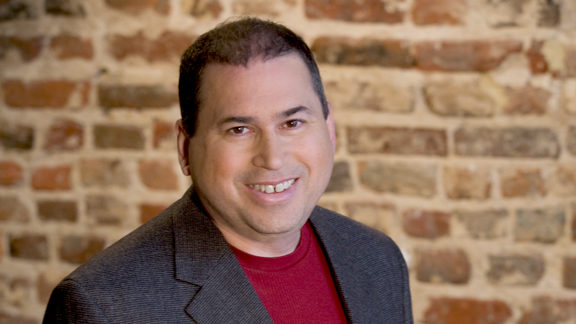
The Hero’s Journey
When I started on my journey to discover the secrets to great stories, my first stop was Joseph Campbell’s book “The Hero With a Thousand Faces.” In it, Campbell dissects the elements of the great mythical stories from antiquity to today and from around the globe. He observes that the same patterns emerge.
A hero starts out in their ordinary world. Something happens and the hero is cast into a Special World. The hero must learn the rules of the Special World and overcome some obstacle and return to his Ordinary World having learned from his experience. Back in the Ordinary World, the hero shares the lessons learned and becomes a master of both worlds.
One of his disciples was Christopher Vogler. Vogler was an executive at Disney studios in the 1980s and read Campbell’s work. He realized that the great movies all had these elements to them. In his book “The Writer’s Journey,” he examines Campbell’s 19 stages of the hero and breaks them down into the following stages of the hero:
- The Ordinary World
- Call To Adventure
- Refusal Of The Call
- Meeting the Mentor
- Crossing the First Threshold
- Tests, Allies, Enemies
- Approach to the Inmost Cave
- Ordeal
- Reward
- The Road Back
- Resurrection
- Return with the Elixir
If you look at the movie “Star Wars: Episode IV” you see this played out very clearly. And it should be no suprise as George Lucas was a friend of Joseph Campbell’s and he considered him a mentor.
- The Ordinary World – We meet Luke Skywalker living on the dusty planet of Tatoine (his Ordinary World). He is an orphan living on a farm with his Aunt and Uncle. He is charged with taking care of two droids.
- Meeting the Mentor (note that this happens earlier than Vogler suggests) The droids escape and he goes after them when he meets his mentor “Obi-Wan Kenobi”.
- Call To Adventure – The droids reveal that they have been sent to as Obi-Wan for his help and to return the droids to the rebel base. Obi-Wan Kenobi realizes that Luke is the son of his former student Anikin Skywalker. He gives Luke a light saber. Obi-Wan lays down a challenge to Luke that he should come with him to Alderon and become a Jedi Knight like his father before him.
- Refusal Of The Call – Luke at first refuses the call to adventure indicating that he has obligations on the farm. He no sooner says this than he realizes the Empire will be searching for the droids and rushes home. He finds his aunt and uncle murdered. Now his ties to his ordinary world are severed and he can go on his adventure.
- Crossing the First Threshold – He rides his speeder to the nearby town where there is a cantina. He and Obi Wan “cross a threshold” from his Ordinary World into the Special World of outer space adventure. The Special World has different beings, strange music, and harsh rules.
- Tests, Allies, Enemies – In the Cantina Luke meets Han Solo and Chewbacca the Wookie. Luke and friends board the Millenium Falcon and are chased by Stormtroopers. Luke learns to use the Light Saber.
- Approach to the Inmost Cave – The Falcon is pulled into the Death Star
- Ordeal – Luke and friends attack the Detention Bay
- Reward – Luke rescues Princess Leia
- The Road Back – Luke and friends fight the tie fighters and return to the rebel base where they create a new plan to destroy the Death Star using the plans supplied by the droids.
- Resurrection – Luke flies into the Death Star’s tunnel and just as he appears to be in Darth Vader’s sights, Han saves him. He uses his newfound confidence in the Force and destroys the Death Star.
- Return with the Elixir – Luke and Han return to the rebel base and are rewarded with medals. Luke is now a full Rebel and a new Jedi Knight.
At Agile Writers we borrow heavily from the knowledge and experience of screenwriters. People who write about novels give some very general advice about how to write a book. Screenwriters have to be very economical as they have only 120 minutes (or 120 pages of screenplay) to tell their story. I think this is why they give very specific advice on how to write stories. We believe that plot is plot and the differences between screenplays and novels is in the level of detail and the presentation. Screenplays rely on visuals and dialog whereas novels rely on narration and dialog.
The next time you go to the movies, see if the movie you’re watching follows the Hero’s Journey. I’ll bet you’ll never look at a movie, or a novel, the same way again.